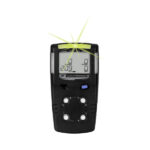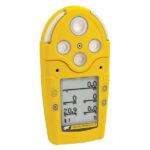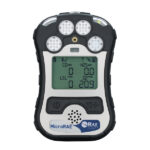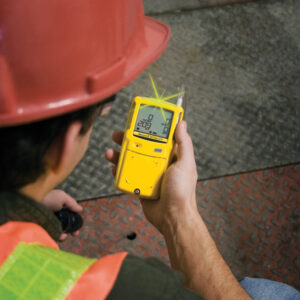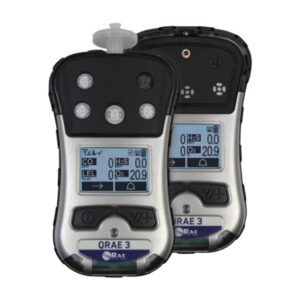BW MicroClip XL / X3
The BW MicroClip XL / X3 series is the most popular multi-gas portable detector characterized by its longevity and reliability. It also stands out for its small size, low price and ease of use.
- Characteristics
- Specifications
- Applications
- Accessories
- Documentation
- Honeywell BW MicroClip X3 for extended reliability with a three-year warranty
- Honeywell BW MicroClip XL for standard operations with a two-year warranty
- Long-lasting battery that lasts up to 18 hours – even at -20 ° C
- Compact, lightweight and easy to use – one-button operation without the need for additional training
- Device management using the Honeywell Safety Suite program
- IntelliFlash green light as an indicator of proper detector operation
- Reflex technology ensures sensor response for worker safety
- Compatible with IntelliDox calibration station
- Real-time gas concentration
- Dimensions: 11.3 x 6.0 x 3.1 cm
- Weight: 190 g
- Operating temperature: -20 to +50 ° C
- Self-test of sensors, battery and visual / audible alarms when turned on
- IP 66 degree of protection
- ATEX Zone 0
- Crowded spaces
- Shipbuilding
- Wastewater treatment
- Firefighting, police
- Oil and gas industry (onshore and offshore plants)
- Waste treatment
- Textile industry
- Construction
- Metal processing industry
ACCESSORIES / OPTIONS:
- Calibration adapter
- Professional suitcase for endangered space, includes:
- Manual aspiration pump
- IR communication adapter + FleetManager software
- Calibration cap with 0.3 m hose
- 0.5 lpm regulator + sample probe
- Leather protection for detector, auxiliary filter
- Options for safe wearing (belt, straps, leather protection)
- BW Connect BLE adapter for Bluetooth communication
- Sample probe with hydro particle filter
- Charger options (5 detectors simultaneously, standard / cradle, car charger)
- Adapter for IR communication with FleetManager software
| Title | Date | File size |
|---|---|---|
| gasalertmicroclip_user_manual | 14.05.2021. | 5.50 MB |
| gasalertmicroclip_xt_microclip_xlmicroclip_x3_ec_type_cert_sira_13atex2330_iss3 | 14.05.2021. | 1,40 MB |
| GasAlertMicroClip-XT_XL_Datasheet(6642-3-EN) | 21.10.2021. | 2,60 MB |



